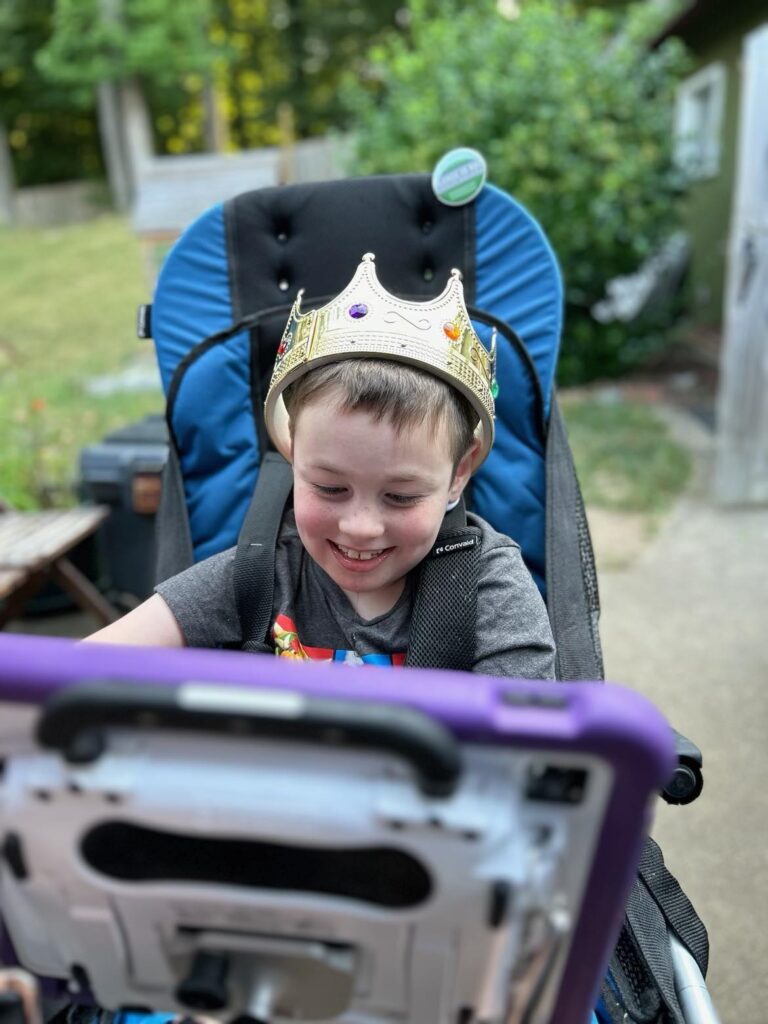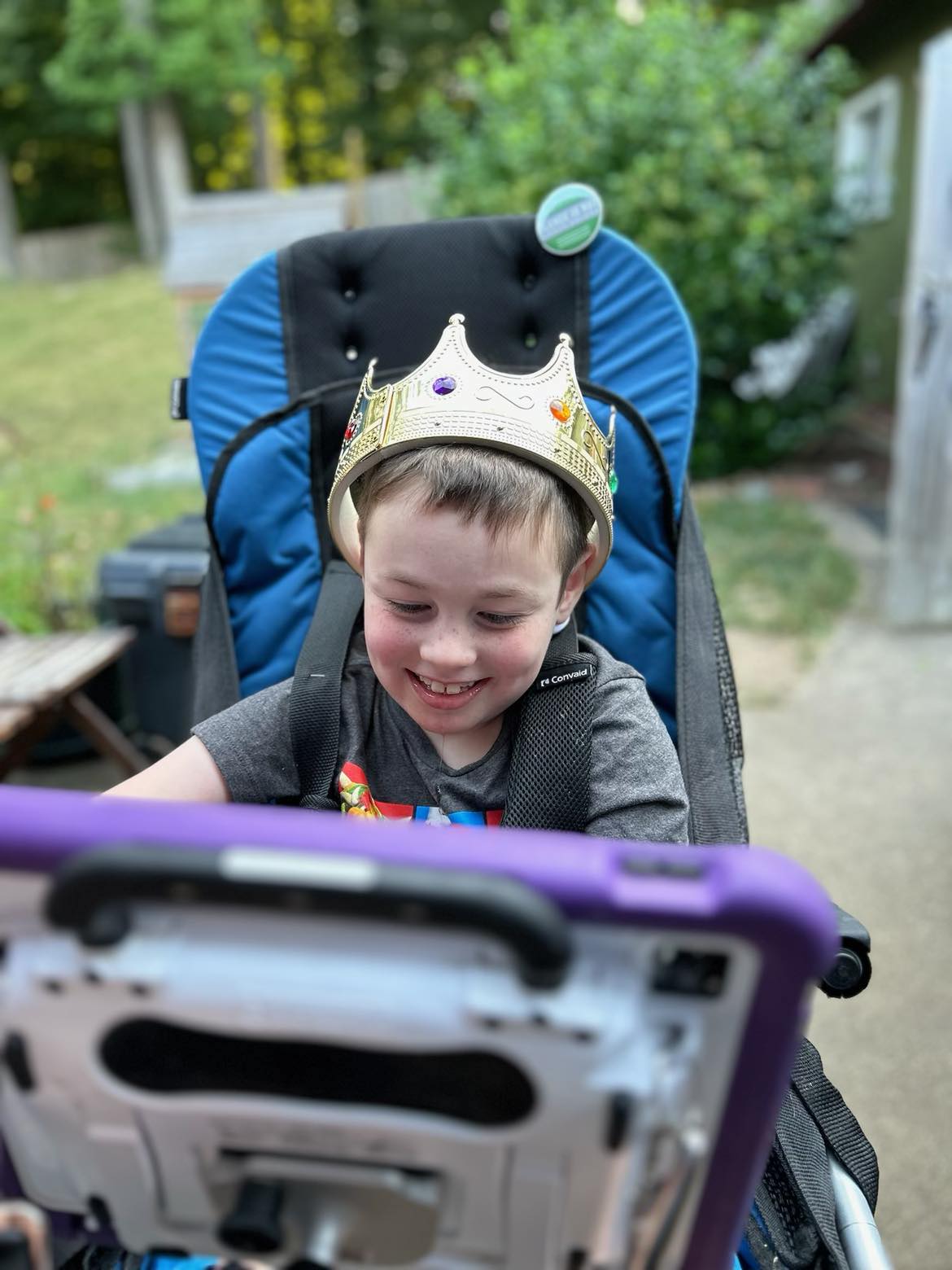 On March 24, 2025, Virginia Governor Glenn Youngkin signed into law the first bill expressly addressing augmentative and alternative communication (AAC) in the Commonwealth. CommunicationFIRST welcomes this legislation, which will help improve access and educational opportunities and reduce communication barriers faced by thousands of students who cannot rely on speech alone to be heard and understood. CommunicationFIRST encourages other states to follow Virginia’s lead.
On March 24, 2025, Virginia Governor Glenn Youngkin signed into law the first bill expressly addressing augmentative and alternative communication (AAC) in the Commonwealth. CommunicationFIRST welcomes this legislation, which will help improve access and educational opportunities and reduce communication barriers faced by thousands of students who cannot rely on speech alone to be heard and understood. CommunicationFIRST encourages other states to follow Virginia’s lead.
A PDF version of this statement can be accessed here.
“The passage of this legislation is vital and long overdue. It can enhance the educational outcomes of students who use alternative communication tools throughout the state. And, hopefully, other states will follow Virginia’s lead," commented Bob Williams, a cofounder of CommunicationFIRST who has relied on such tools and strategies throughout his life and career.
The new law, which takes effect on July 1, 2025, is significant in three additional ways:
First, it requires that teachers and staff be trained to be able to effectively support a particular student’s use of AAC before the school year starts. While the Individuals with Disabilities Education Act (IDEA) already requires schools to provide AAC tools and supports and AAC-related training for teachers and families, in Virginia, this training often took place well after the start of the school year if it took place at all. Delayed training meant that educational staff lacked the necessary skills to support the student, contributing to learning loss and social isolation.
Second, the legislation defines “AAC” in state law for the first time, as “any method or tool other than oral speech that an individual uses to communicate, including gestures, facial expressions, writing, and speech-generating devices.”
Third, the law clarifies that Virginia school divisions must also document a student’s need for AAC on their Individualized Education Program (IEP). This provision will enable the Commonwealth to begin to gather accurate data for the first time on the number of students with significant speech-related disabilities. While this data has long been collected for students with vision and hearing disabilities, people with the third main type of communication disability have never been systematically counted.
The House version of the bill, H.B. 2219, was introduced by Delegate Kathy Tran, while the Senate version, S.B. 1034, was introduced by Senator Stella Pelarskey. Both bills passed unanimously.
CommunicationFIRST Board member Toby Latham and his family were instrumental in the introduction and passage of the bill, and were supported in these efforts by, among others, the Arc of Virginia, the Arc of Northern Virginia, and the Fairfax County Special Education PTA (SEPTA).
Lindsay Latham, a parent of a young AAC-using student in Virginia stated, “Timely training in AAC-based instruction will improve student educational outcomes and reduce or eliminate turnover resulting from staff not receiving the help they need to support their students who need or use AAC. It also levels the playing field by ensuring that all students—not just those with well-resourced families—have well-trained staff.”
- House Bill: https://lis.virginia.gov/bill-details/20251/HB2219
- Senate Bill: https://lis.virginia.gov/bill-details/20251/SB1034
- Related Article: New bills seek to close learning gaps for students using AAC devices
Download in PDF form here.

